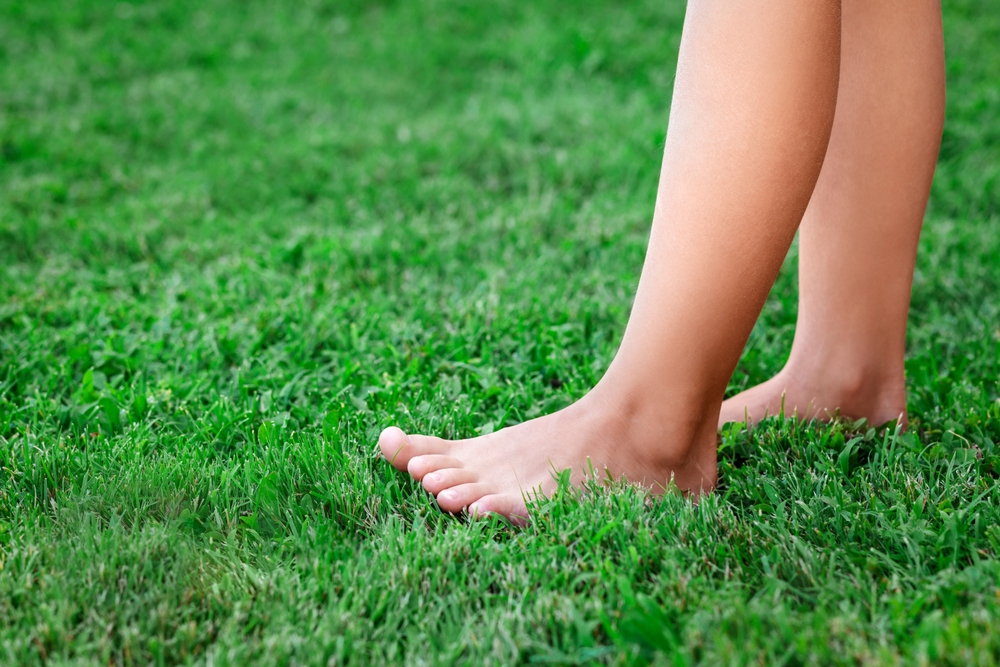Transforming Health: Unveiling the Potentials of Grounding Therapy
Ever walked barefoot on grass and felt a sudden surge of calm? This is no random phenomenon. Grounding therapy, also known as earthing, promotes health and wellness by connecting us to the earth's natural electric charge. But how does this relatively new trend stand up to scientific scrutiny? Let's take a deep dive into grounding therapy and explore its potential benefits and challenges.

The Birth of Grounding Therapy
Grounding therapy dates back to the late 20th century when Clint Ober, a retired cable TV executive, hypothesized our disconnection from the earth’s natural electric charge might be causing various health issues. To test his theory, Ober developed rudimentary grounding devices and conducted experiments. His findings suggested grounding could reduce pain, inflammation, and improve sleep, and thus, grounding therapy was born.
Grounding Therapy: Current Trends and Insights
Today, grounding therapy is gaining popularity as a natural wellness practice. It involves walking barefoot outdoors, swimming in natural bodies of water, or using grounding devices. Some studies suggest it could help reduce inflammation, pain, stress, and improve sleep and wound healing. While it’s not a cure-all, grounding therapy may offer a supplementary approach to enhancing well-being.
The Science Behind Grounding Therapy
Grounding therapy is based on the principle that the earth emits a natural electric charge, which our bodies can absorb. This grounding effect may neutralize free radicals—unstable molecules that can damage cells and contribute to aging and diseases. However, more research is needed to fully understand and validate these potential benefits.
The Benefits and Challenges of Grounding Therapy
Grounding therapy is easy, inexpensive, and can be done anywhere there’s direct contact with the earth. It may help in reducing inflammation, stress, and improving sleep. However, it’s not a substitute for medical treatment. Additionally, urban living often limits our direct contact with the earth, making the practice challenging for some.
Grounding Therapy: Quick Facts and Tips
- Grounding therapy involves direct contact with the earth through barefoot walking, swimming in natural bodies of water, or using grounding devices.
- Early research suggests it may help reduce inflammation, stress, and improve sleep.
- It’s easy and inexpensive, but not a substitute for medical treatment.
- People living in urban areas may find it challenging to practice grounding therapy.
Conclusion
Grounding therapy offers an intriguing approach to health and wellness. By reconnecting with the earth, we may potentially boost our well-being and reduce certain health issues. However, it’s not a substitute for traditional medical practices. As research continues, we may better understand the potential benefits and challenges of this unique wellness strategy.




